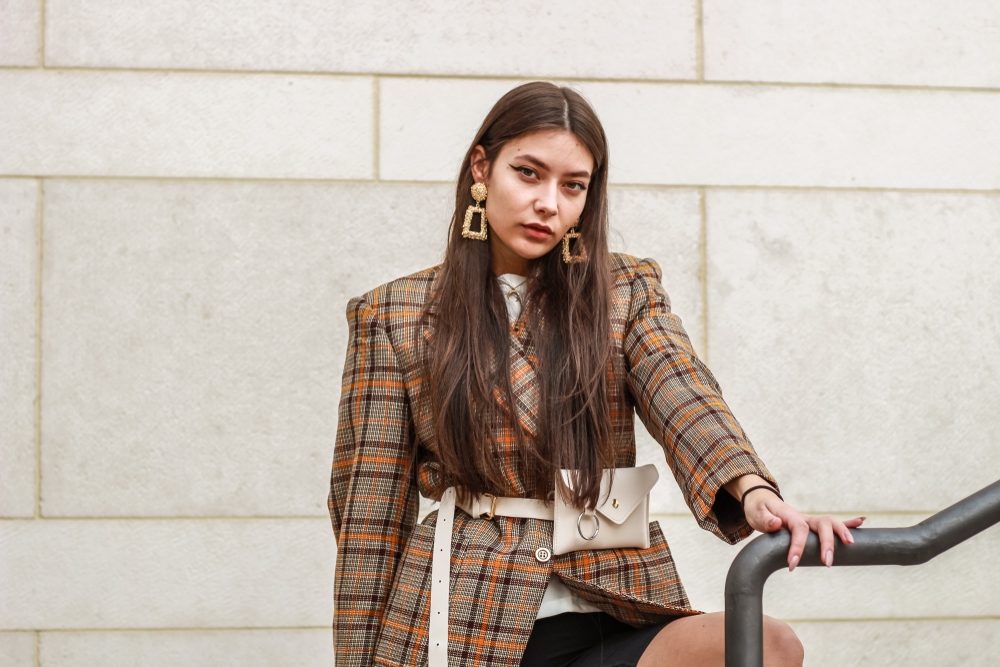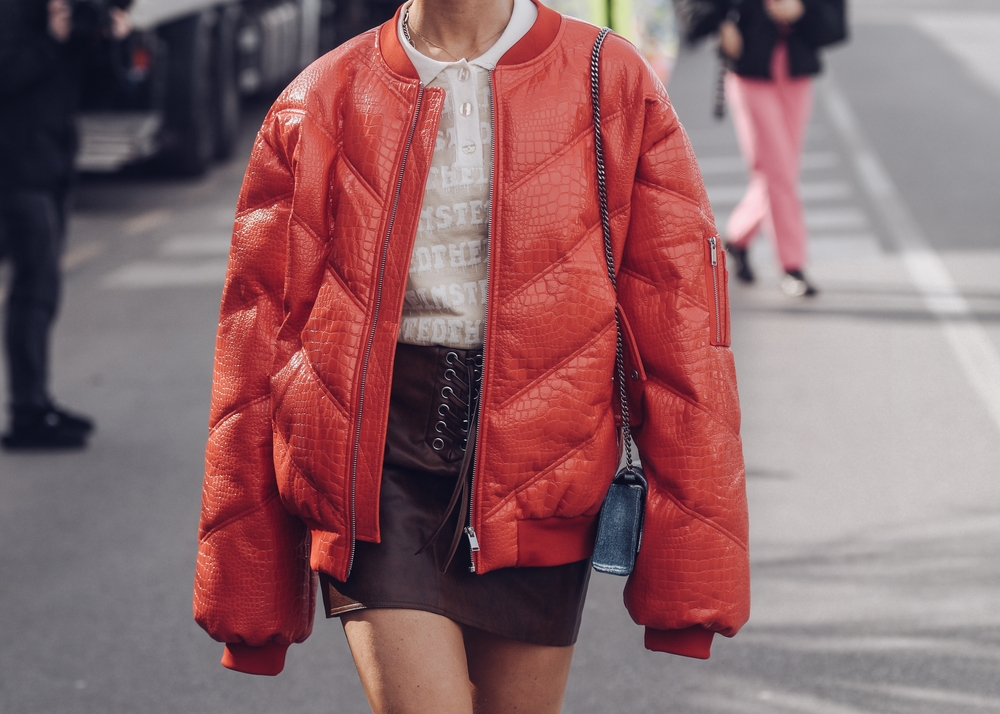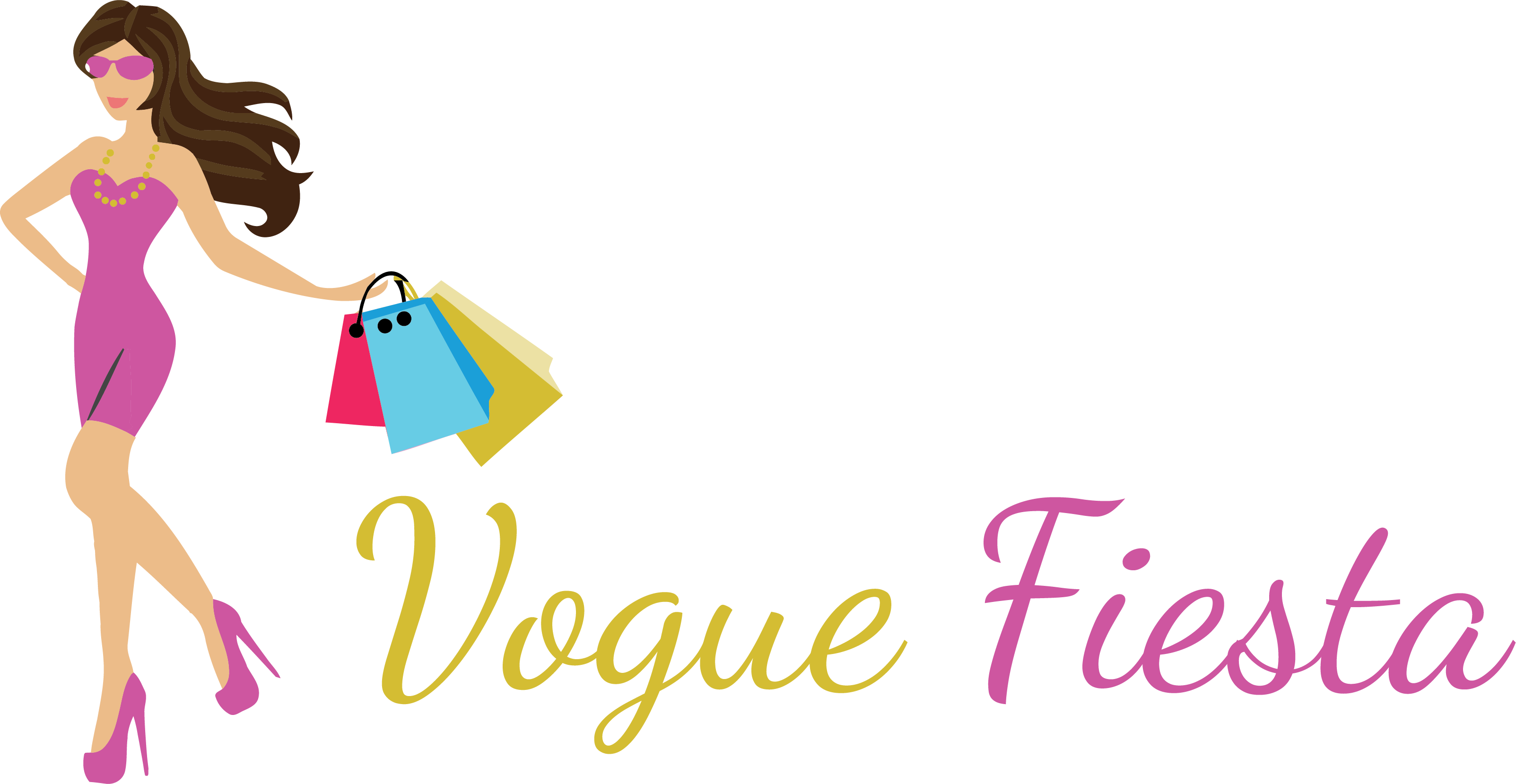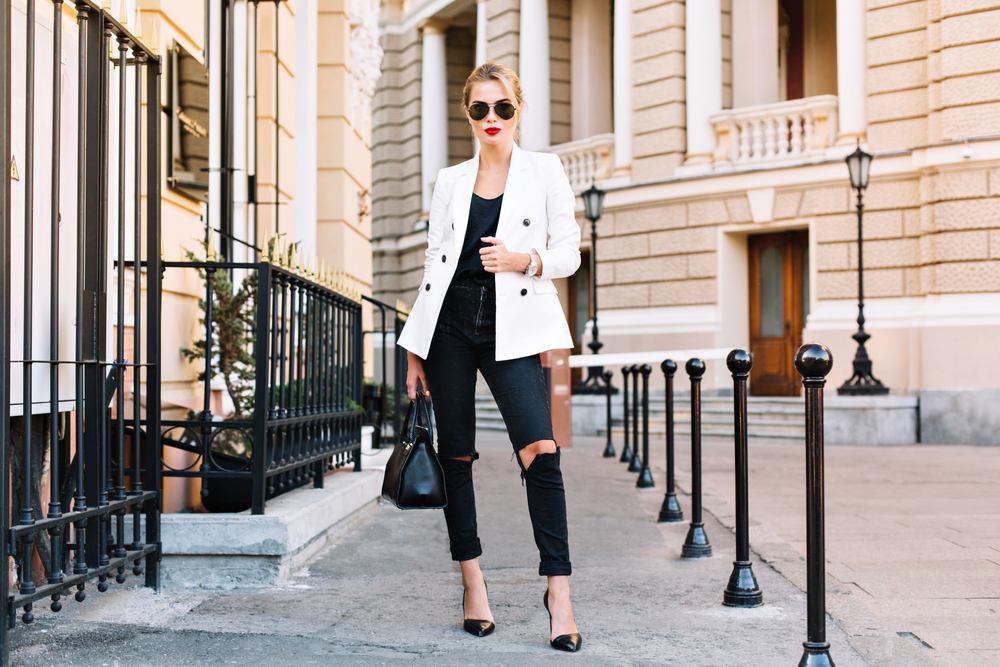The once-underground and countercultural expression of individualism known as street style has evolved into a powerful force in the high fashion industry. Street style, which is distinguished by its eclectic fusion of subcultures, urban flair, and individual originality, has advanced from its modest beginnings to profoundly influence and define the landscape of high-end fashion. This article examines the development of street style, its impact on high fashion, and the current mutually beneficial relationship between the two.
The Emergence of Street Style
In the 20th century, street fashion emerged as a reaction to prevailing fashion trends. It emerged on the city streets, where young people, especially in places like London, New York, and Tokyo, started expressing their distinct senses of fashion. Instead of dressing according to established conventions, they adopted a more impulsive, personal, and risky style.

The Democratization of Fashion
Street fashion’s contribution to the democratization of the fashion industry is among its most important effects on high fashion. Due to its astronomical costs and restricted accessibility, high fashion used to be frequently exclusive and out of reach for the general public. However, street style demonstrated that anyone, regardless of their social status, could access style and fashion. As high fashion houses and designers started to take notice of this change, their own collections gradually became more democratic.
The Rise of Fashion Bloggers and Influencers
Social media and fashion blogging gave the street style a new platform for exposure on a worldwide scale. Street style and fashion trends were documented by fashion bloggers and influencers, many of whom had significant followings, and they were shared online. These people served as tastemakers, influencing their audience with original pairings and cutting-edge looks. High fashion designers started working with influencers, as a result, to promote their collections and reach a wider audience.
Reciprocal Inspiration
Street style and high fashion now have a more balanced connection. Although high fashion has long been influenced by street style, street fashion is now also a source of inspiration for designers. Designers are fusing elements of street style into their collections throughout fashion weeks all over the world, erasing the distinction between what was once deemed “high” and “low” fashion.
Influence on Runways and Design Collections
Fashion designers increasingly draw inspiration from the streets as well as from works of art, historical figures, and cultural traditions. Street fashion has pushed limits and questioned conventional ideas about what constitutes fashion, motivating designers to test out more daring designs, hues, and forms. The urban edge and eclecticism found in streetwear are increasingly being reflected on high fashion runways.

Brands Collaborating with Streetwear Labels
Streetwear labels and high-end fashion businesses have begun working together, taking advantage of their appeal and inventiveness. As a result of these collaborations, limited-edition collections are created that appeal to a younger, trend-conscious market, bridging the gap between high fashion devotees and street style fans.
Street Style’s Role in Sustainability
Inadvertently, street style has contributed to the growth of sustainable and ethical fashion. Vintage and second-hand shopping has become increasingly popular as consumers search for more distinctive and personalized styles. Street style fans encourage a more sustainable approach to fashion consumption by selecting used items and taking part in upcycling or DIY fashion. High fashion companies are now embracing sustainability and paying closer attention to their environmental impact as a result of this change.
You cannot undervalue the impact of street style on high fashion. Street style has evolved from its modest beginnings as a countercultural statement into a transformational force that has democratized fashion, inspired designers, and merged the boundaries between many fashion subgenres. Street style and high fashion have a dynamic relationship that is still developing. This interaction is helping to shape the industry’s future and confirming the importance of personal expression in the world of fashion.

